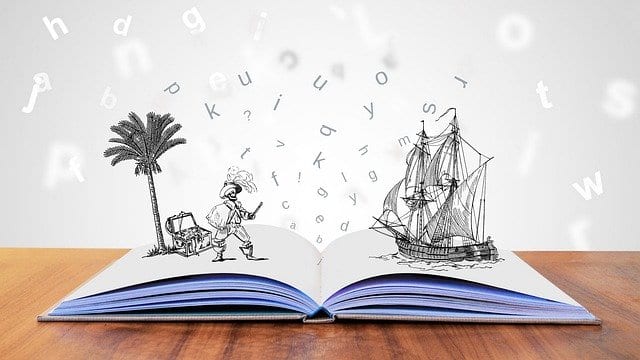Practice #8 of 8 Stories as a Learning Infrastructure
We are inundated with information, a learning abundance. But there is a problem. We are drowning in it.
The torrential flow of learning is disorientating, confusing and renders us less capable of informed action. An effective learning infrastructure enables organisations to balance learning flows with a stock of learning. All flow and no stock makes organisations stupid!
Learning infrastructures are under appreciated in organisations narrowly focused on short term results (or survival), and not building the capacity for future results.
When organisations recognise their learning infrastructure challenges, some will go for the technical fix of a learning management system. Done carelessly, such a system can reinforce the boundary frictions and the compartmentalisation of knowledge that stifles learning.
Reinforcing fragmentation undermines the capacity for systemic understanding and integrative thinking which are foundational to a learning culture.
What are organisations to do?
First, harness stories. Stories are a store of learning. As an example, Peter Senge writes about how the US Army has a “chief historian” and army officers will typically have a deep knowledge of the Gettysburg Battle (a turning point in the American Civil War) and can relate the lessons from that battle to current challenges.
Second, to build new learning from what is happening now, SenseMaker (developed by the guys at Cognitive Edge) is a fascinating approach to working around the rear-view mirror risks of focus groups and surveys. Sense maker captures insights from the stories people are telling each other from across the system. Not surprisingly, many times the most learningful are told at the periphery.
The leader’s role in a learning culture is to be a channel for stories – stories told and being told.
Practice #7 – Embrace Diversity
Practice #6 – Reframing
Practice #5 – Meaning is the New Money
Practice #4 – Create Practice Fields
Practice #3 – Become Bi-cultural
Practice #2 – Start with Ripe Issues
Practice #1- Integrate Learning and Working
Read about the Five Disciplines of Learning Organisations
Return to Home

Share this on...